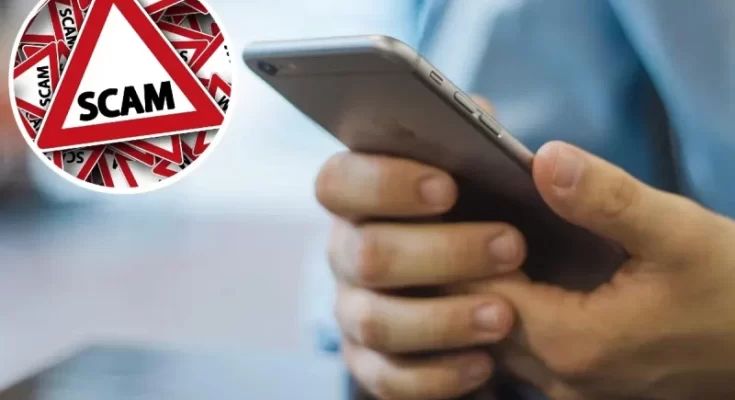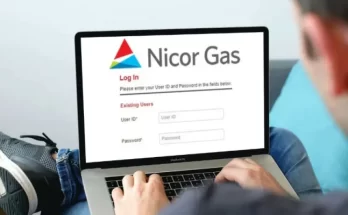In today’s digital age, where our smartphones have become an integral part of our lives, we often find ourselves vulnerable to various scams and fraudulent activities. One such scam that has been on the rise is the “US9514961195221 – Scam Fake Text Messages.” These deceptive messages can lead to financial loss, privacy breaches, and emotional distress. In this comprehensive guide, we will delve into the intricacies of this scam, how to recognize it, and most importantly, how to protect yourself from falling victim to it.
Understanding the US9514961195221 Scam
-
What is US9514961195221?
The term “US9514961195221” might seem like a random combination of numbers and letters, but it serves as a crucial identifier in this scam. Scammers often use such alphanumeric codes to make their messages appear legitimate.
-
How Does the Scam Work?
The scam typically begins with a text message that appears to be from a trusted source, such as a bank, government agency, or a well-known company. The message may inform you of an urgent matter, such as a security breach or a pending payment, and request immediate action.
The Deceptive Tactics
To make the scam more convincing, scammers often use deceptive tactics, such as:
- Spoofed Sender Information
Scammers manipulate the sender information to make it seem like the message is from a legitimate source. This can include using a company’s logo and name.
- Urgency and Fear
The message creates a sense of urgency or fear, pressuring recipients to act quickly without thinking rationally.
- Phishing Links
These messages often contain links that lead to fake websites designed to steal your personal information or financial details.
How to Recognize the Scam
- Trust Your Instincts
If a message seems suspicious or too good to be true, it probably is. Trust your instincts and be cautious.
- Check the Sender
Carefully examine the sender’s information. Scammers often use email addresses or phone numbers that don’t match the legitimate source.
- Look for Grammatical Errors
Scam messages often contain grammatical errors, typos, or unusual sentence structures.
- Verify through Official Channels
When in doubt, contact the organization directly through official channels to verify the message’s authenticity.
Protecting Yourself from the US9514961195221 Scam
- Keep Personal Information Private
Never share sensitive personal or financial information through text messages.
- Use a Trusted Security App
Install a reputable security app on your smartphone to detect and block phishing attempts.
- Educate Yourself
Stay informed about the latest scams and phishing tactics to recognize them more easily.
- Enable Two-Factor Authentication
Use two-factor authentication for your online accounts to add an extra layer of security.
Conclusion
The “US9514961195221 – Scam Fake Text Messages” is a deceptive scheme that preys on individuals’ trust and urgency. By staying vigilant, verifying messages, and adopting cybersecurity practices, you can protect yourself from falling victim to such scams. Remember that your online safety is in your hands.
FAQs
- Are all text messages from unknown numbers scams?
No, not all text messages from unknown numbers are scams. However, it’s essential to be cautious and verify the sender’s legitimacy.
- Can scammers access my bank account through these text messages?
Scammers cannot directly access your bank account through text messages. However, they may try to trick you into providing sensitive information.
- What should I do if I receive a suspicious text message?
If you receive a suspicious text message, do not click on any links or provide personal information. Instead, contact the organization directly using their official contact information.
- Is there a way to report scam text messages?
Yes, you can report scam text messages to your mobile carrier and the Federal Trade Commission (FTC). They may be able to take action against the scammers.
- How can I educate my family and friends about such scams?
Share information about scams and cybersecurity practices with your family and friends. Encourage them to stay informed and vigilant to protect themselves from scams.




